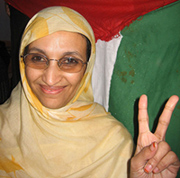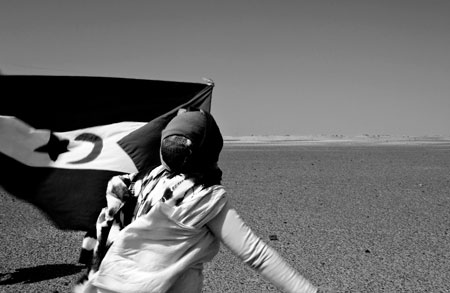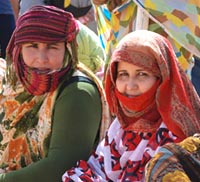
Articles by Stefan Simanowitz


The Berlin Wall of the Sahara Desert
Source: The New Internationalist
 |
|
Photo by: Ana Areanas |
Like the wall that separates the Israeli and Palestinian populations in the West Bank, the Berm has become a potent symbol of the occupation and focus for protests. Last April 19-year-old Ibrahim Hussein Leibeit was taking part in one of the frequent marches to the wall organized by Saharawis living in the refugee camps. In a symbolic gesture, Ibrahim was attempting to get close enough to the wall to throw a pebble to the other side when he trod on a land mine. He lost his right leg below the knee and in the following months has become something of a hero to the Saharawi cause.

